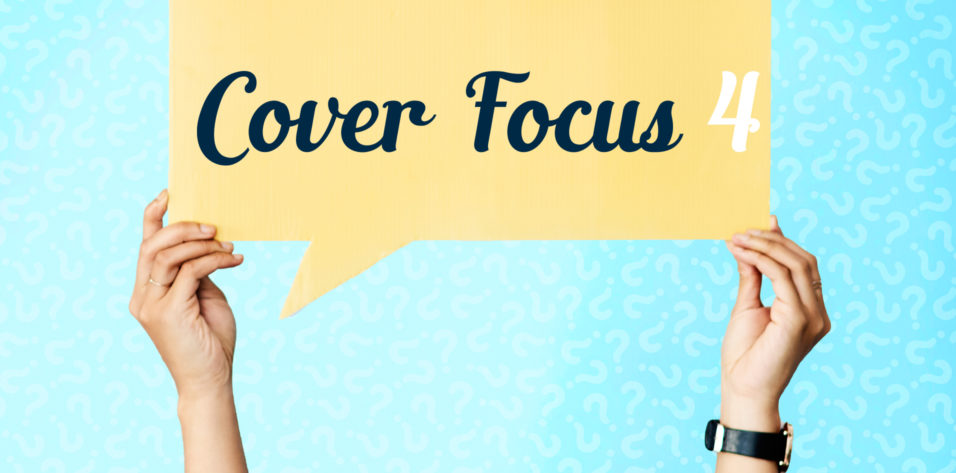
"How do you handle having a paper get rejected by a peer-reviewed journal?"

William B. Trattler, MD
Submissions of articles for peer-reviewed publication take significant effort. Surprisingly, even well-written papers with important findings may be rejected by peer-reviewed journals. I can share that this happens frequently. Reviewers of papers may not agree with the methods of a paper, they may feel that the outcome measures were insufficient, and/or they may feel that the conclusions are not justified. Additionally, peer-reviewed journals have specific criteria on the types of papers they will accept.
With that in mind, my advice is to always review the concerns of reviewers to help improve the paper. Then, find another journal to which the paper can be submitted. Some manuscripts may require two to five submissions before they are accepted. Surprisingly, when looking at the finished product, the modified paper is often significantly better once it is finally published.
In some cases, papers may not justify publication in a top-tier peer-reviewed journal. Instead, the author can seek opportunities to publish the paper in one of many other peer-reviewed publications. Additionally, if the peer-reviewed route does not seem to be panning out, the paper can be modified for submission to a non–peer-reviewed publication such as MillennialEYE or Cataract & Refractive Surgery Today.


